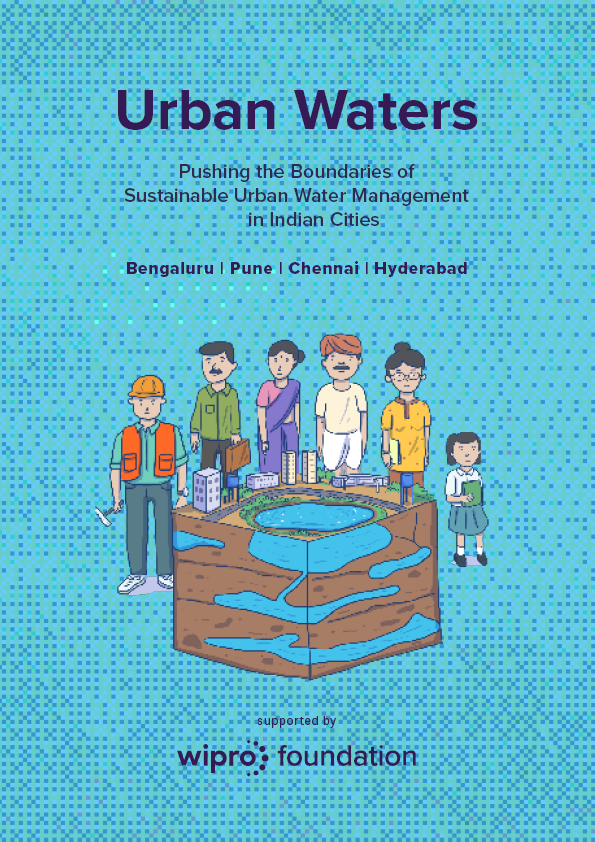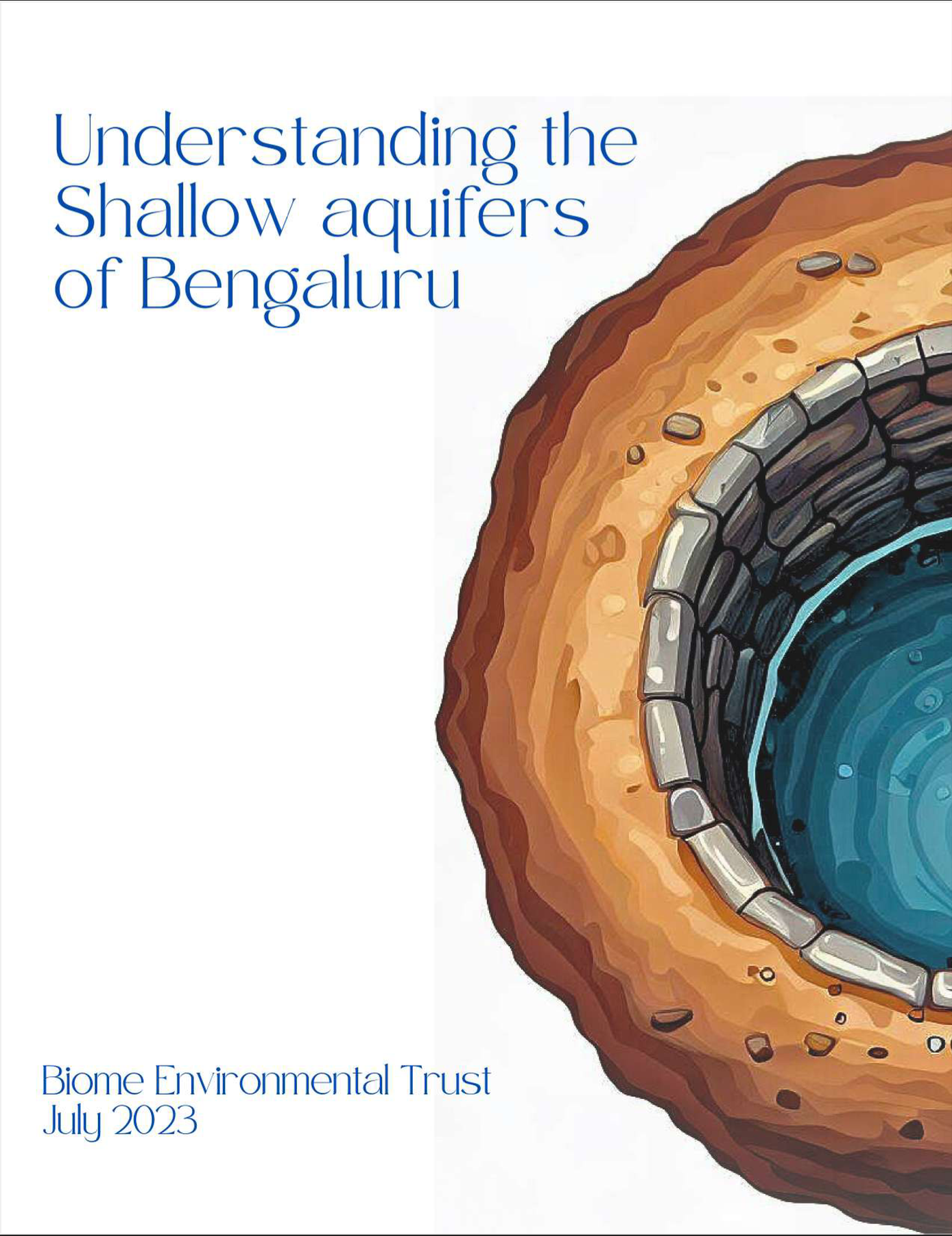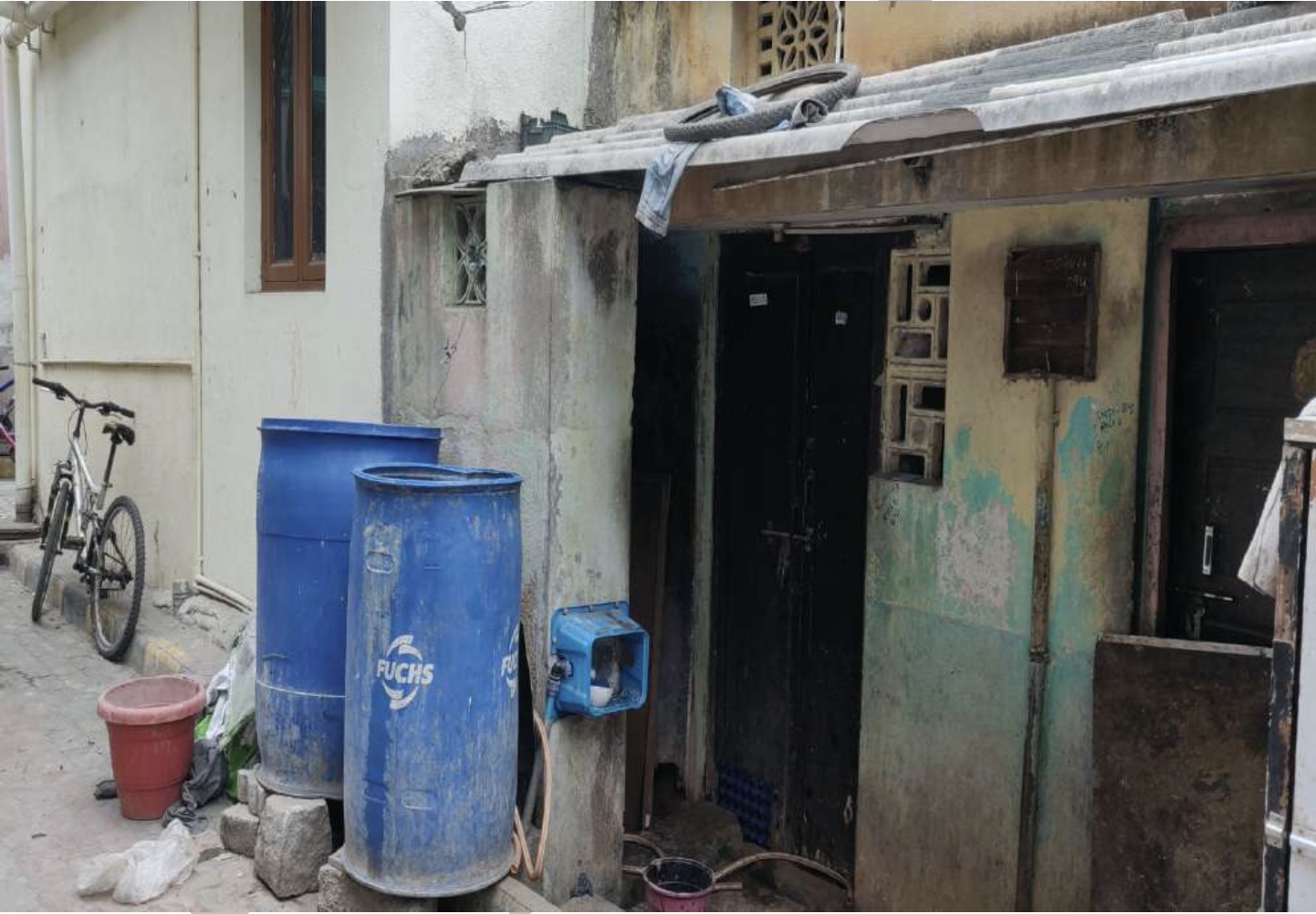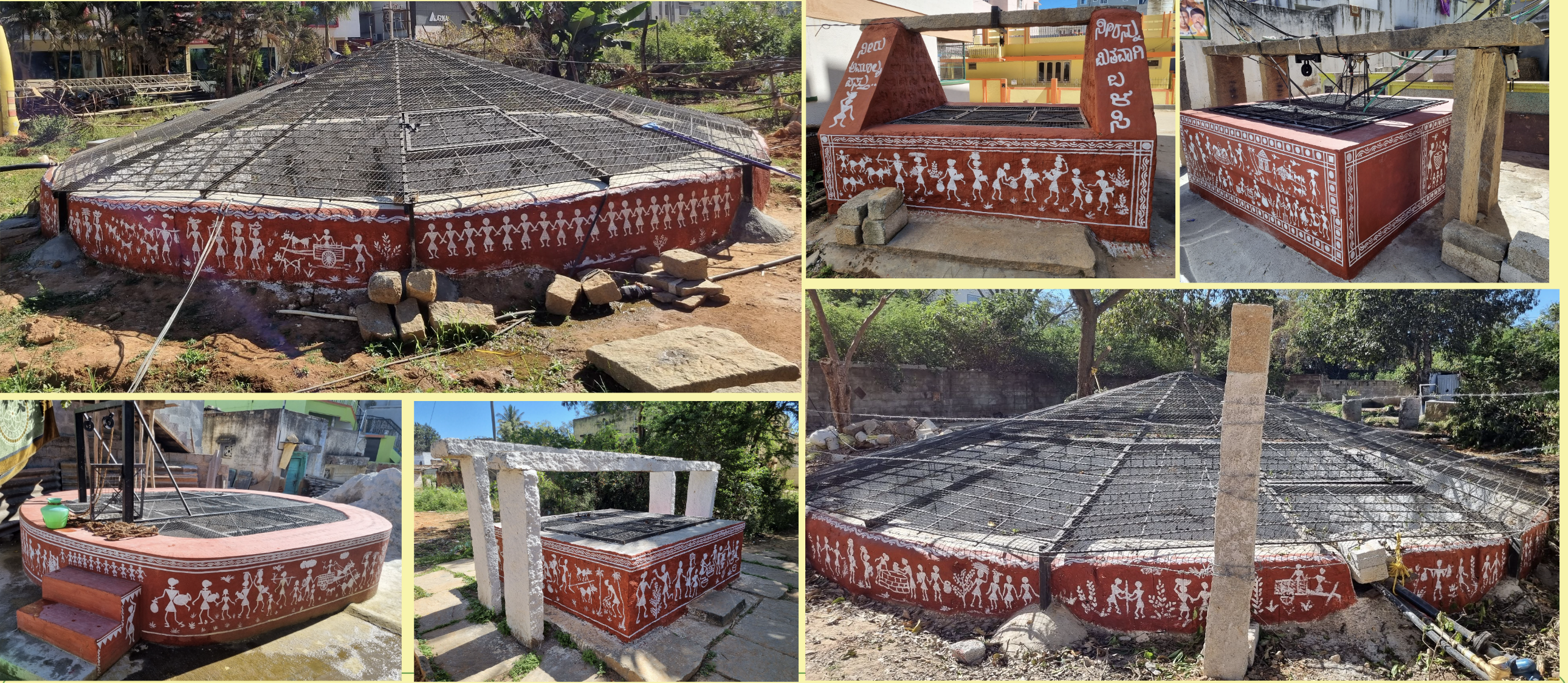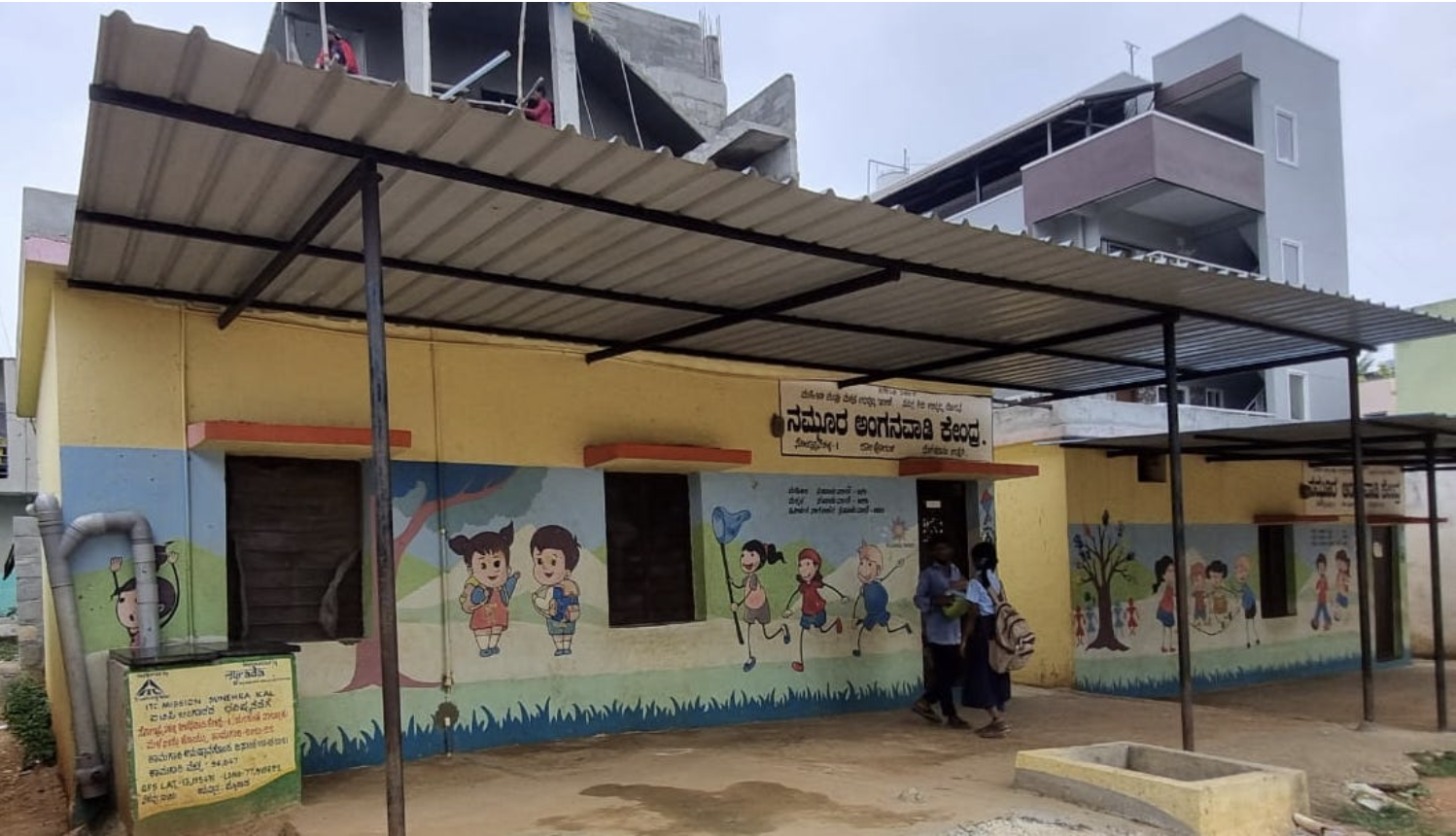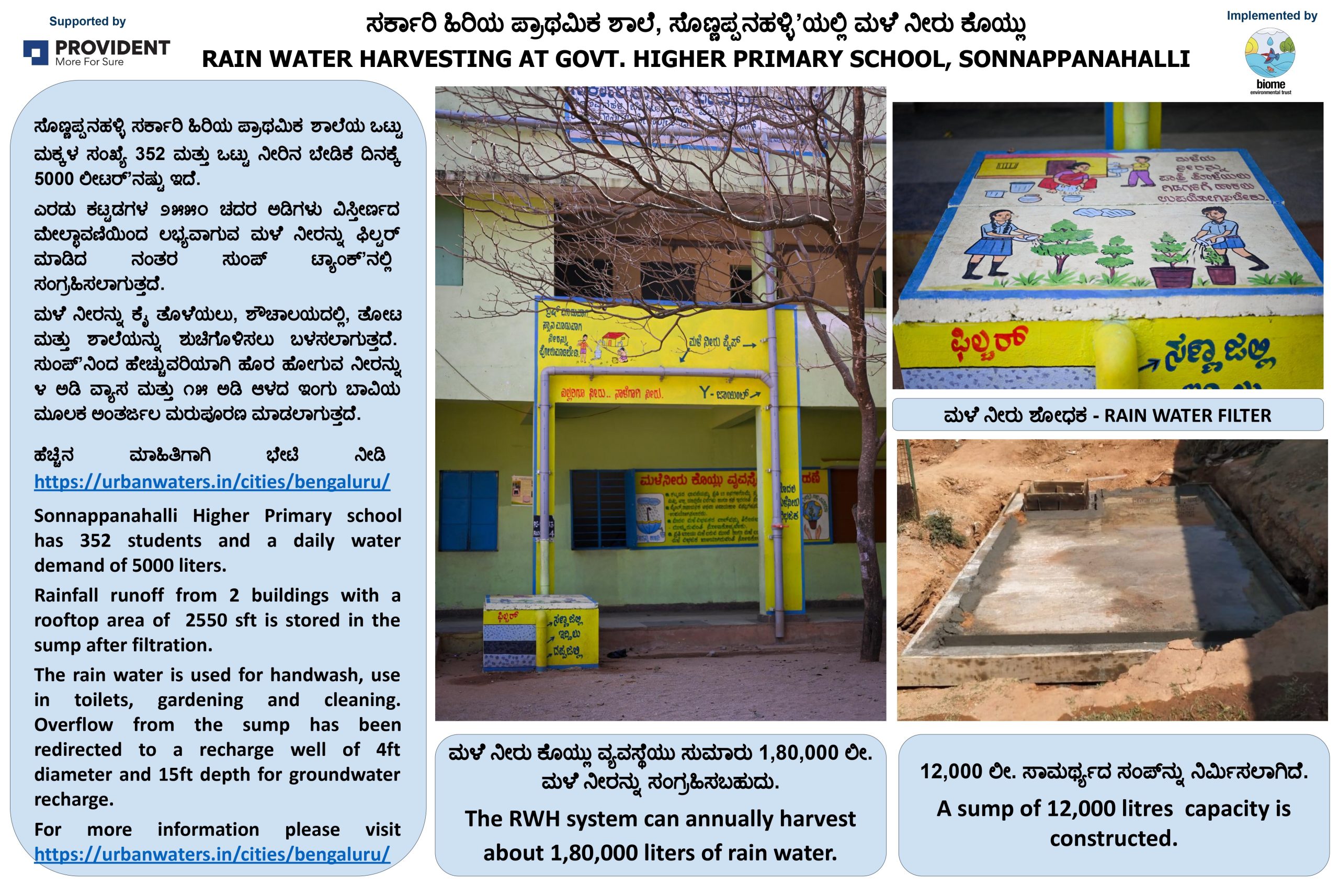How to treat wastewater at home
If you live in an independent house, wastewater treatment and reuse is a good way to meet a large part of your water needs. Wastewater, in this context, refers only to greywater, i.e., water from bathroom sinks, washing machines etc. Greywater has less organic content, and is far less pathogenic, than blackwater – water from toilets and kitchen, which makes it easier to treat and reuse than blackwater.
About 40% of the wastewater generated in a household is greywater containing contaminants like soap, detergent, dead skin, hair and oil. Each member of a household generates about 90 litres of greywater daily. Once treated, this water can be used for gardening and toilet-flushing. It can meet up to 40% of household water needs. However, it is important to remember that this water is not suitable for drinking; the water should be further treated using methods like ozonation to make it potable.
There are different methods for greywater treatment. The one discussed here uses a reed bed, also known as planted gravel filter, a natural treatment system. It can be set up either on the rooftop, or in the plot around your house. The overall long-term savings from this system is quite high.
The treatment system in the plot will take up only 50-75 sq ft area. No electricity is required as the water moves by gravity through the system, and does not have to be pumped. Water resides in the system for 60-72 hours. The system should be designed to specifications, based on the household’s water usage and wastewater generation. A professional should be consulted for this, and also to decide on the best location for setting up the system.
Constructing a natural treatment system for grey water
The components of the system are:
- Inspection chamber/ grease trap
- Baffle filter
- Planted gravel filter/ reed bed
- Storage tank
1. Inspection chamber/ Grease trap
Pipes carrying greywater from multiple sources (bath, washing machine etc) in the house, bring the water to inspection chamber. In this chamber, large solids get separated and float on the water surface. The floating solids are held back by a baffle wall, and only the water flows on to the next stage, the baffle filter.
2. Baffle filter
Baffle filter comprises a filter and multiple baffle chambers through which water flows. While flowing through the baffle chambers, water is treated by anaerobic decomposition, that helps to remove solid matter and scum.
3. Planted gravel filter/ reed bed
Reed bed is a tank filled with gravel, in which wetland plants are rooted. Here water gets purified as:
- Plants absorbs nutrients, including synthetic compounds like soap, in the water. This also aids plant growth as wetland plants grow hydroponically, i.e., only using water and the nutrients in it
- Pathogens in water are destroyed by natural die-off, antibiotic released by plant roots, UV exposition, sedimentation, and upon sticking to the gravel bed
For every 1000 litres of greywater, a reed bed of 5-7 sq m bed area and 1-1.5 m depth is recommended.

4. Storage tank
Treated wastewater goes into the storage tank or polishing pond. At this stage:
- Dissolved oxygen content of water is improved
- Odour is reduced
- Any remaining pollutants are oxidised
- Pathogens are removed by UV exposition
If fish harvesting is also done in the tank, much of the nitrogen and phosphorous content can be removed, though this is not a requirement.
Treated wastewater can be used to flush toilets through but it would require installing a dual plumbing system to convey the water back into the household. If the greywater treatment system is installed on the rooftop, the treated water can also be used for terrace gardening. Watch this video to see a rooftop greywater treatment system that is being used to grow rice on the rooftop. Here, greywater is pumped to the terrace and passed through multiple barrels of planted gravel filters. These rice plants fed with the treated water yield 30 kgs of rice per harvest, thrice a year. Such a system also cools the house during summers, and help to reduce the electricity costs for cooling.
Maintenance, Tips and Precautions
- Reeds in the reed bed should be trimmed
- Baffle filter should be cleaned once in 5-8 years
- Storage tank/polishing pond should be cleaned when required
- Use natural soaps and detergents as far as possible <any specific ones to recommend?
- Ensure complete separation of greywater and blackwater using different pipe networks. Since most existing houses do not have such separate pipe networks, significant plumbing may be required for this. It is ideal to create separate networks during the construction stage of the house itself
- Reed bed should be built in a sunlit area
- Storage tank/polishing pond should also have access to sunlight.
- Treated water should be used up within a day
- The baffle filter should have a vent, and also an access to allow for maintenance
- The side walls of the reed bed should be eight inches above ground level, to prevent surface water runoff from entering it
- Breed guppy fish in the storage tank, or cover it with a mosquito mesh, to prevent mosquito breeding in the treated water
Cost
Setting up the treatment system in your plot costs Rs 50,000 – 1,75,000, as of early 2017.


